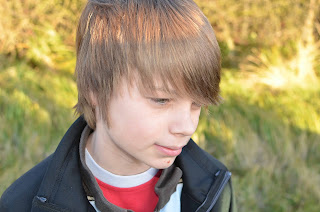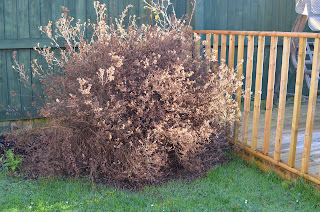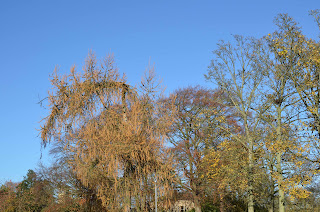The first set of photographs were taken in full sunlight.
 |
| Auto |
 |
| Cloudy |
 |
| Daylight |
The auto and daylight are similar, they are both attempting to remove some of the orange from the exposures. The cloudy has added more orange making it more of a late sunlight shot. I prefer the cloudy effect but would probably have preferred a more minor alteration.
The second set were taken in shade:
 |
| Auto |
 |
| Cloudy |
.JPG) |
| Daylight |
The third set was in low light, this was quite difficult as the light was fading fast:
 |
| Auto |
 |
| Daylight |
 |
| Cloudy |
These photographs show that the auto setting attempts to bring attempts to remove some of the orange and bring up the blues so the shot almost looks like it was taken in the shade. The cloudy has lots of orange in it, probably too much for my liking. I prefer the daylight setting that has a good balance.







































